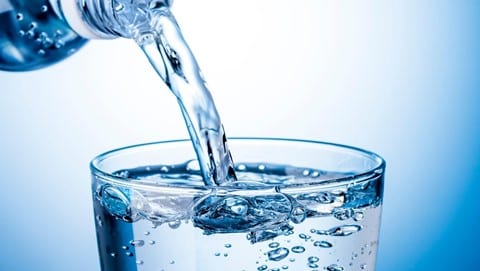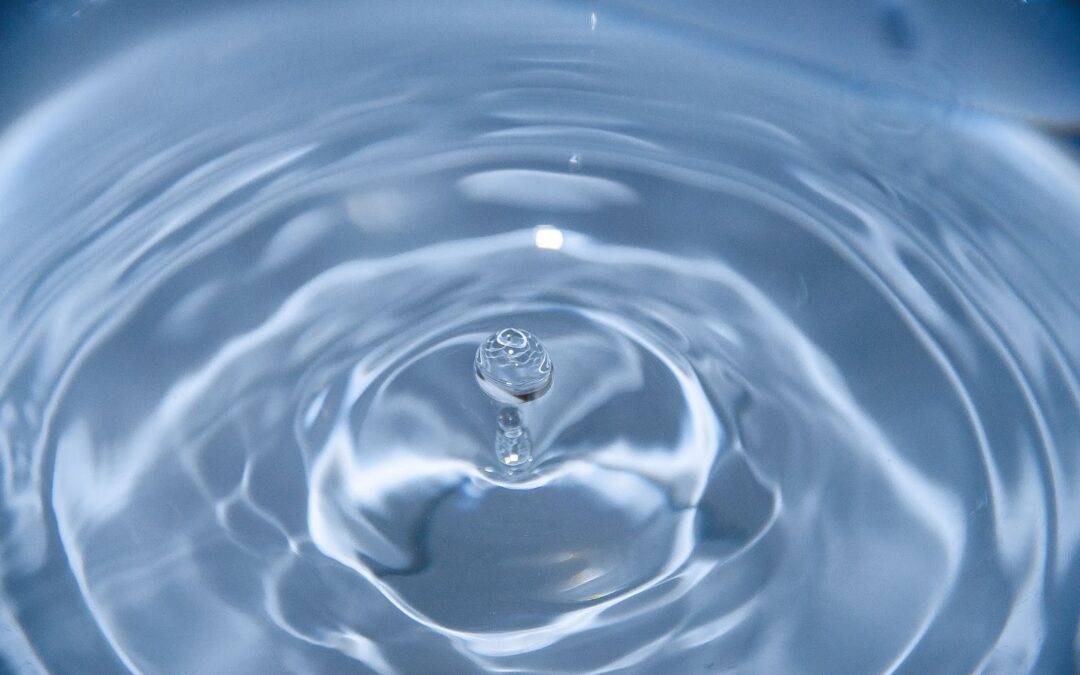Humidification may significantly impact your comfort when using a CPAP machine. Still, it can also lead to condensation buildup in the heated hose and water in the mask. CPAP rainout, or water in the CPAP hose, is a regular occurrence when using a heated humidifier.
Some CPAP users report nasal congestion, dry nasal passages, sore throats, and nosebleeds, which are alleviated by warm humidification, which may decrease dryness and increase compliance.
Knowing what CPAP rainout is and how to reduce it may make sleeping with sleep apnea more peaceful, particularly when you no longer wake up with a wet face.
Although dealing with moisture in your CPAP machine might be irritating, there are items and adjustments you can use to assist in avoiding this problem. If you wake up with water in your CPAP mask, continue reading for several valuable solutions to minimize condensation in CPAP masks!
What Is Rainout?
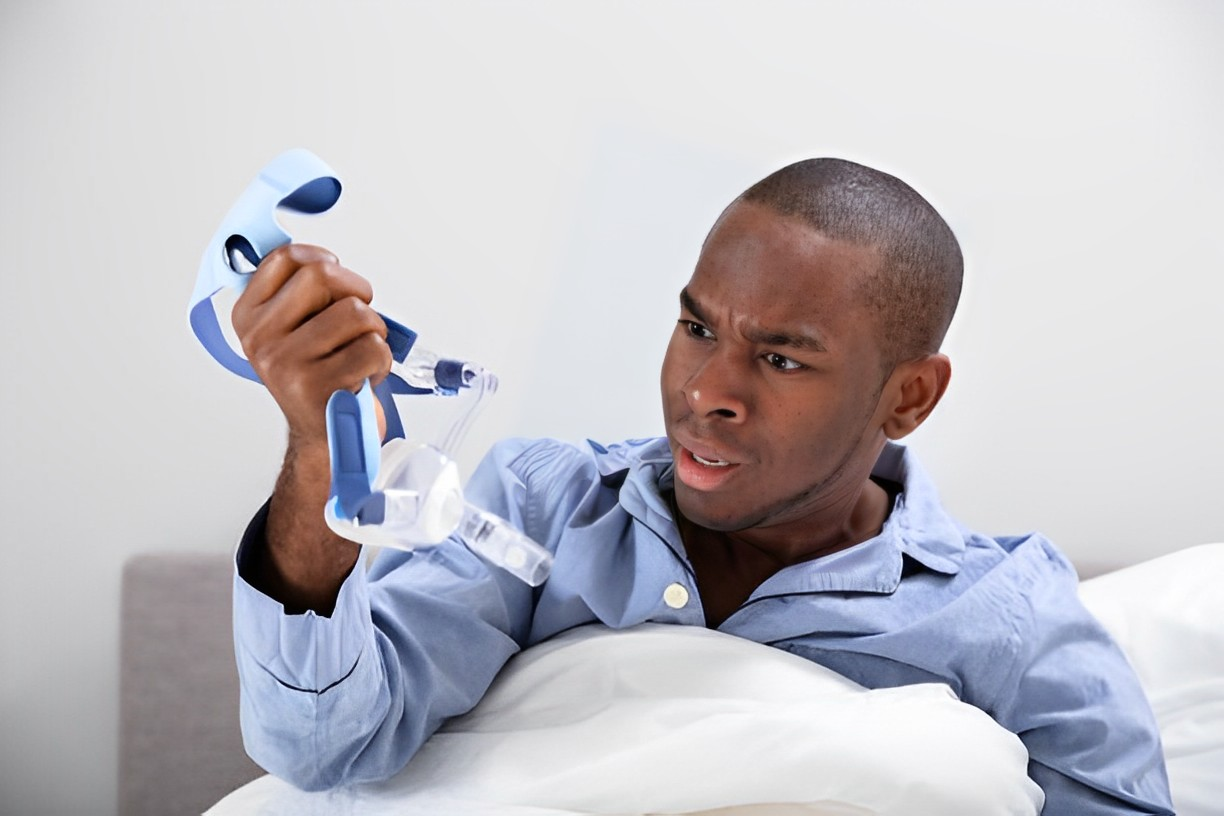
CPAP rainout happens when hot air cools in the tubing and enters the mask as water, resulting in a moist face. Due to the unpleasant feeling of water on the face and/or the gurgling in the tube that condensation may occasionally induce, patients may be roused from sleep. Some individuals may suffer anxiety upon awakening, especially those susceptible to claustrophobia.
Here are some basic measures to prevent future rainouts:
Heated Tubing
A heated tube may prevent rainout, produced by heated air cooling in your tubing, by maintaining the temperature of the air until it hits your mask. Copper wire is used in most heated tubes to keep the air inside the tube warm.
Tube Jacket
If you currently have tubing, you may inquire with your sleep specialist or home medical equipment (HME) provider about a basic tubing wrap that keeps the air warm. This is very useful in really chilly settings.
Moisture Content Is The Cause Of CPAP Rainout
Some CPAP users report dry nasal passages, sore throats, nasal congestion, and nosebleeds due to the constant flow of dry air via the mask while sleeping. Heated humidification adds moisture to the airflow, decreasing the adverse effects of dryness and enhancing patient compliance.
Due to the temperature differential between the air within the CPAP device and the air in the bedroom, the hot, humid air may boost comfort when using the CPAP machine. Still, it can also produce a new issue. Without a temperature equilibrium, condensation will develop.
Related Article: How To Avoid Water and Moisture in Your CPAP Tubing and Mask
Is CPAP Rainout Harmful?
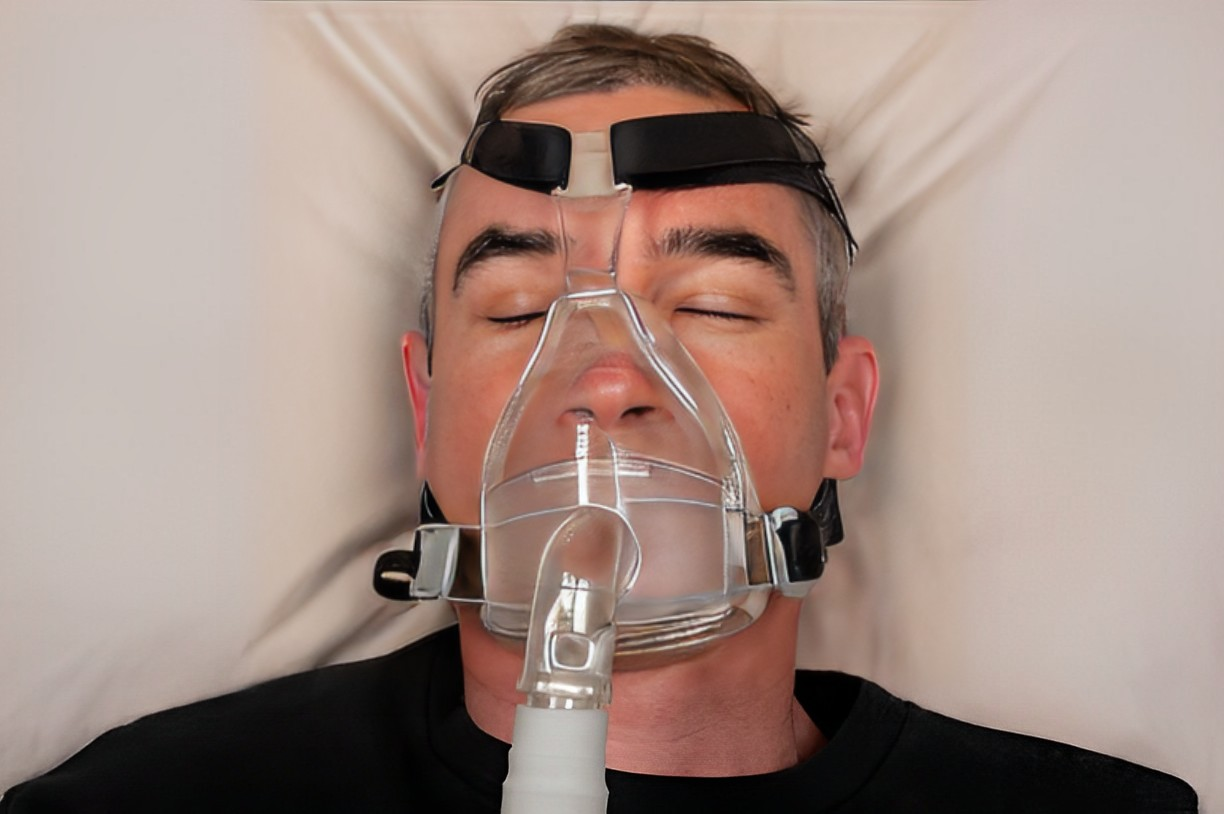
Remember that you’re inhaling the air flowing through the machine all night, so it must be as pure and clean as possible. Aside from the unpleasant feelings associated with CPAP rainout, the phenomenon is only very harmful if you forget to regularly clean your CPAP system and attachments.
Water is a breeding ground for germs. Thus all CPAP users must maintain their mask and hose clean. Just contemplate it. While the tubing, mask, and other components of the CPAP machine may seem clean. Harmful germs, mildew, dust, and bacteria may and will accumulate within, putting you at risk for respiratory tract discomfort or illness.
What Causes It To Rain?
Suppose you, like most CPAP users, are using a heated humidifier. In that case, the air is heated in the humidifier before traveling through the tubing, mask, and airway. As air passes through your tube, its temperature quickly decreases.
Moisture from the air condenses into particles inside the tube as the air cools. The tube is capable of filling with water. The water may then flow into your mask through the tube. This condensation of the humidified air is often referred to as “rainout.”
Solutions For CPAP Rainout
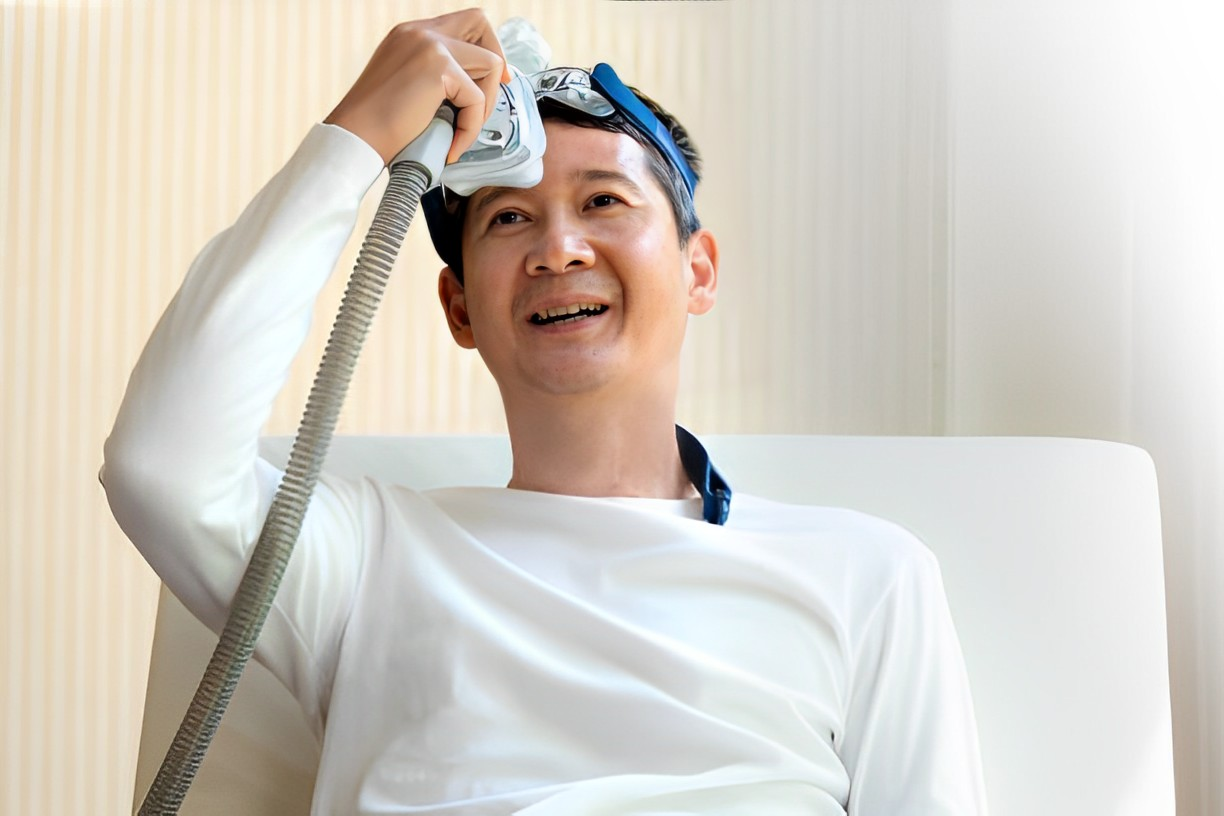
Here are five effective strategies for a more restful evening:
Transfer Your CPAP Device
Move your CPAP machine to a surface that’s on a lower level than your mask. Utilize gravity to your advantage to prevent moisture from reaching your mask.
If your CPAP machine is on a bedside table and the tubing drains down to your mask, consider placing it on a lower surface so that the tubing and airflow go upward. If water droplets develop, they return to the humidifier rather than entering the mask.
Try Wrapping Your CPAP Hose To Maintain Warm Air
Wrapping your CPAP hose with a specially designed tube cover insulates the hose. It prevents your bedroom’s ambient temperature from causing CPAP rainout.
In addition, you may run the tubing below your bedcovers to keep them warm. Having the proper CPAP hose attachments goes a long way toward reducing CPAP rainout and assisting you in remaining asleep.
Adjust The Thermostat In Your Bedroom
CPAP rainout is caused by the temperature differential between the air in your tubing and the air in your bedroom. If you keep your room chilly at night, condensation is more likely to form in your tubing.
This is a fast and easy solution, but many prefer colder sleeping environments, so you may alter the CPAP humidifier settings instead.
Adjust Your Humidifier Settings
Consult your equipment supplier about altering the settings on your humidifier. A high-temperature environment may not be necessary if you reside in a warm or humid region. The humidifier attempts to heat the air to around 80 degrees Fahrenheit.
Employ Heated CPAP Tubing
Heated tubing prevents rainout by maintaining the air’s temperature from the humidifier to the mask. If the air remains heated, condensation does not occur.
Heated tubing is intended to control humidification in real-time depending on environmental changes in your bedroom, such as variations in temperature or humidity, CPAP pressure, and mask leak.
Automated Modifications Are Better
Most insurance providers will replace your CPAP mask after 90 days and your machine every five years. In five years, a lot may happen, including technological advancements and intelligent features that make your sleep apnea journey more pleasant.
For instance, ResMed’s S9 and Air Solutions CPAP machines are equipped with automatic humidity level changes.
This unique climate control function continuously analyzes the air temperature in your mask and how it is impacted by the surrounding environment. As required, it concurrently changes the humidifier and tubing levels to provide the ideal temperature for preventing CPAP leakage.
Final Reflections
Even when treated adequately with continuous positive airway pressure (CPAP) machine, sleep apnea may make it difficult to sleep well each night. Since untreated sleep apnea may lead to significant problems, it is essential to maintain compliance, even if some patients feel bloating or skin irritation.
Many persons with sleep apnea think that the advantages of utilizing moisture with their CPAP equipment exceed the risk of CPAP rainout, particularly because there are ways to prevent nighttime interruptions. Visit CPAPwater for more information about CPAP rainout. Thanks for reading!
What did you learn in today`s article? Comment down below!


